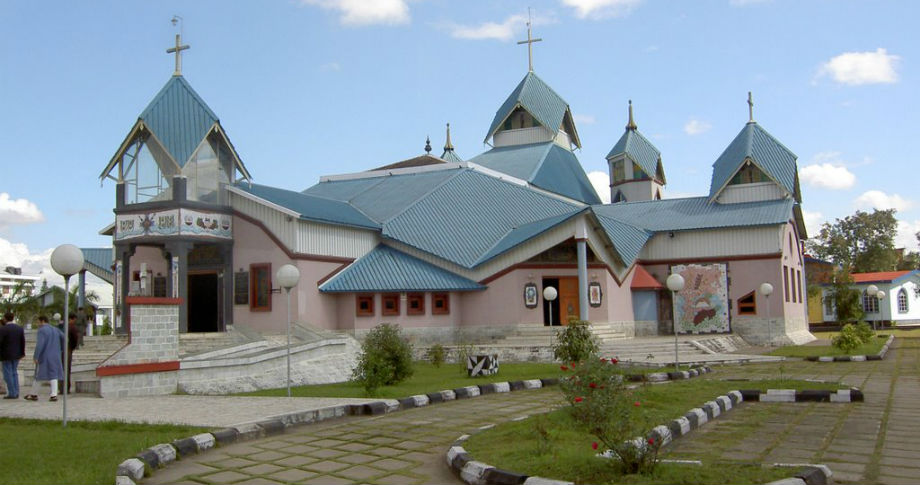
Manipur:-
Manipur, as one might say without hesitation, is a paradise come true on earth. It literally means "the
jeweled land". Manipur is richly endowed with natural beauty and splendour. Home to Sangai, a rare
species of deer and Siroy Lily, the only terrestrial lily grown on the hill tops of Siroi hill, St. Clair Grimwood
described it as "A pretty place, more beautiful than many show places of the world." Late Pandit
Jawaharlal Nehru paid a fitting tribute by describing it as "Jewel of India". Manipur is bounded by Nagaland
to its north, Mizoram to its south, Upper Myanmar to its east and Cachar district of Assam to its west.
Manipur is comprised of nine districts: Bishnupur, Chandel, Churachandpur, Imphal East, Imphal West,
Senapati, Tamenglong, Thoubal and Ukhrul.
A majority of tourists take interest in visiting the place due to its rich and diverse geography. The entire
area covered by the state is 22,327 square kilometers. The state is situated in an oval-shaped valley,
encompassing an area of approximately 700 square miles. A range of Blue Mountains surrounds the state
and is located at an elevation of 790 meters above sea level. The entire valley slope extends from the
northern to the southern area. The northern cold winds are debarred from reaching the valley due to the
presence of the mountain ranges. Discussion about the geography of Manipur will be incomplete without
mentioning the four major river basins. The four major basins that are situated in the state include Manipur
River Basin, Barak River Basin, Yu River Basin and Lanye River Basin. The entire water resources are
approximately 1.8487 Mham. There are as many as eight rivers in the Manipur river basin namely Manipur,
Iril, Chakpi, Sekmai, Khuga, Thoubal, Nambul and Imphal.
| Languages | : | Manipuri, Meitei |
| When to Visit | : | November- May |
| Climate | : | Summer - 29c to 14c Winter - 25c to 7c Monsoon - April to October |
| Festivals | : | Yaoshang (March/April), Yatra (June/ July), Christmas (December) |

The place has a Vishnu temple with peculiar Chinese influence. Beside that, the Loktak Lake, the largest fresh water lake of the northeastern India and Red hill where a fierce battle between the British and the Japanese took place during the World War II.
This is a Vaishnavite temple built by the former King's of Manipur. The simple but beautiful structure consists of 2 domes and a large congregation hall. The shrines of Krishna and Balaram on one side and Jagannnath flank the presiding deity.
The bustling capital city of the state lies in a heart shaped valley 790 m above sea level. This is a melting pot of various tribes that constitute the populace of Manipur. Tourist attractions in Manipur are mostly located in around the city.
The sprawling land of 200 acres boasts of over 110 rare varieties of orchids including a dozen endemic species.
This is a small hill featuring relics of a historic palace and architecturally beautiful temples.
The biggest natural freshwater lake of the North Eastern region of India is the Loktak Lake that is situated at a distance of 48 kilometers from the city of Imphal. The lake is dotted with the vegetative growth of the Phoomdis that grow on the lake. The Sendra island is situated on the lake itself and has a tourist bungalow that provides a captivating view of the lake waters.
Commonwealth War Graves Commission maintains the graveyard. Little stone markers with bronze plaques on them commemorate the dead British and Indian soldiers of World War II.
It houses Sangai (the graceful brow antlered deer) at the base of pine-clad hillocks.
© Copyright 2017 by Prism - All Rights Reserved. Website Powerd By Getsimplesite.com Designed by Cosmicvent Software Pvt Ltd